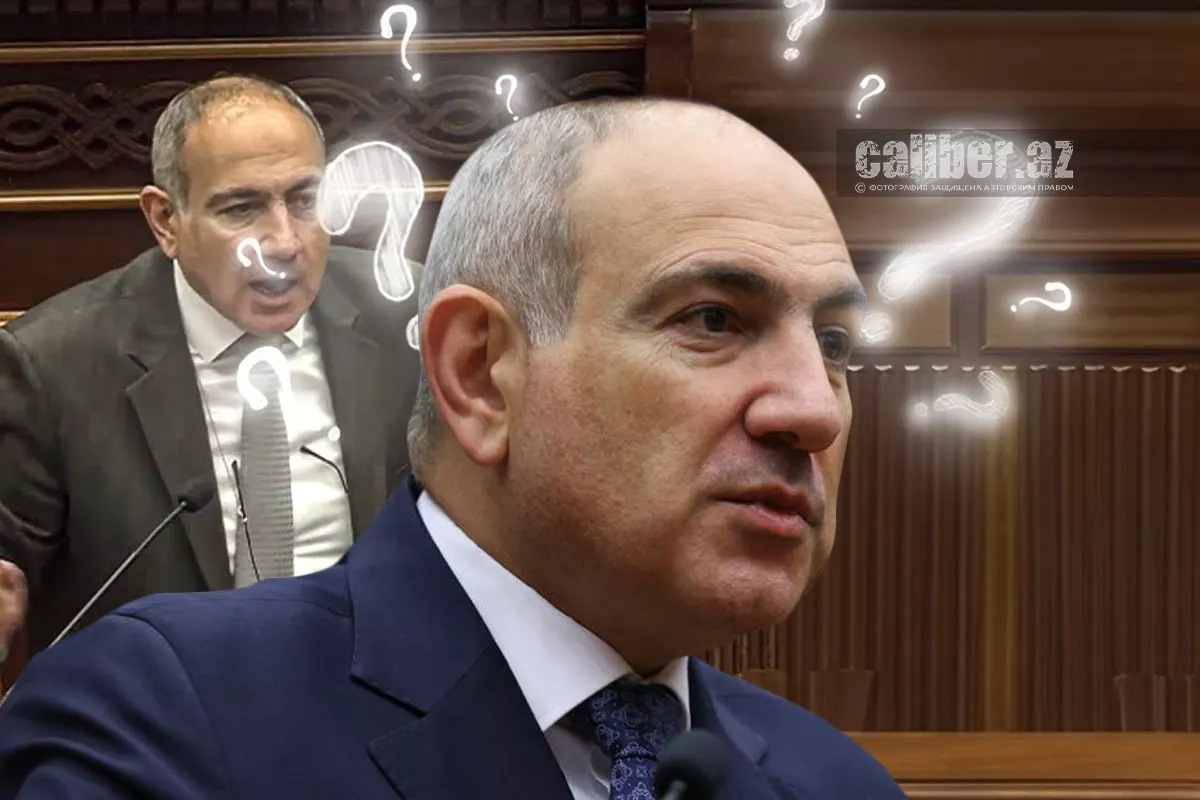Armenia's long history of provocations against Azerbaijan The tragic path to war in the South Caucasus
Thirty-three years ago, on December 10, 1991, an event took place that played a tragic role in the life of the entire South Caucasus region. On the territory of the already abolished Nagorno-Karabakh Autonomous Oblast (NKAO) of the Republic of Azerbaijan, Armenian nationalists organized a provocative act disguised as a "referendum" on the question of "Nagorno-Karabakh's independence from the USSR."
"Do you agree that the proclaimed Nagorno-Karabakh Republic should be an independent state, determining its forms of cooperation with other states and communities on its own?" — this was the question posed in the so-called "referendum."
It is evident that this provocative event was boycotted by the Azerbaijani population of the region, as it was conducted without the consent of the official authorities in Baku. Moreover, the actions of the separatists, aimed at forcibly redrawing the borders of the Republic of Azerbaijan, violated Articles 78 and 79 of the still-valid Constitution of the USSR and had no legal basis whatsoever.
Specifically, these articles of the USSR Constitution stated:
Article 78: "The territory of a Union Republic may not be altered without its consent. The boundaries between Union Republics may be altered by mutual agreement of the Republics concerned, subject to ratification by the Union of Soviet Socialist Republics."
Article 79: "A Union Republic shall determine its division into territories, regions, areas, and districts, and decide other matters relating to its administrative and territorial structure."
However, such "details" did not deter Armenian nationalists. They were implementing longstanding territorial claims against Azerbaijan.
In the late 1980s, rallies began in Armenia where the slogan of "miatsum," or "reunification" with Karabakh, was proclaimed. One of the main figures in that campaign was Levon Ter-Petrosyan, the future first president of Armenia. Much later, after Armenia had occupied 20% of Azerbaijan's territory, he began portraying himself as a "supporter of peace."
In this, he closely resembles the current Prime Minister of Armenia, Nikol Pashinyan. Initially, Pashinyan loudly declared that "Karabakh is Armenia, period," but now he claims to recognize Azerbaijan's territorial integrity in full.

Let us turn to the recent past. On December 1, 1989, the Supreme Soviet of the Armenian SSR and the "National Council" of the NKAO adopted a joint resolution on the inclusion of Karabakh into Armenia. This was yet another, earlier provocative step by Armenian nationalists—a blatant endorsement of Armenian separatism on Azerbaijani territory. The so-called "referendum" held in Karabakh on December 10, 1991, was merely a link in the chain of these provocations by the Armenian side.
Naturally, this "referendum" was not recognized by any country in the world. However, like many other actions by the Armenian side, it made war between the two neighboring republics inevitable. This is an important fact for everyone to remember, especially the leaders of various countries calling on official Baku to sign a peace treaty with Yerevan.
Azerbaijan did not start this conflict—Armenia did. Moreover, Armenia has yet to remove territorial claims against Azerbaijan from its constitution. Nikol Pashinyan continues to offer new excuses and refuses to take this crucial step, which remains one of the main obstacles to peace.
This is yet another proof of his insincerity and hypocrisy. Pashinyan’s "peaceful" rhetoric is purely opportunistic, dictated by the outcomes of the 44-day war and the one-day anti-terror operation in the Karabakh region of Azerbaijan, through which the country fully restored its sovereignty and territorial integrity.

But Pashinyan did everything in his power to prevent this outcome! It was he who ordered the Armenian armed forces to provoke clashes in the Tovuz sector of the Armenia-Azerbaijan border in the summer of 2020. It was also under his command that artillery strikes were launched on Azerbaijani civilian settlements in late September of the same year, triggering the 44-day war. During the conflict, Pashinyan personally authorized missile strikes from Armenian territory on Ganja, Barda, and Tartar, resulting in the deaths and injuries of hundreds of Azerbaijani elders, women, and children.
Neither Armenia nor Pashinyan has faced any accountability for these crimes.
Moreover, even after the conclusion of the 44-day war and the signing of the Trilateral Statement on November 10, 2020, Pashinyan took another provocative step. On February 20, 2021, he sent a congratulatory message to the leaders of the Karabakh junta on the occasion of the so-called "Day of the Revival of Artsakh." By doing so, he made Azerbaijan's anti-terror operation in the Karabakh region inevitable.
That operation was carried out brilliantly, and the leaders of the Karabakh junta who received Pashinyan's letter are now awaiting justice in Baku.
Reflecting on these events, it becomes clear that there are no grounds to trust the words of official Yerevan.








